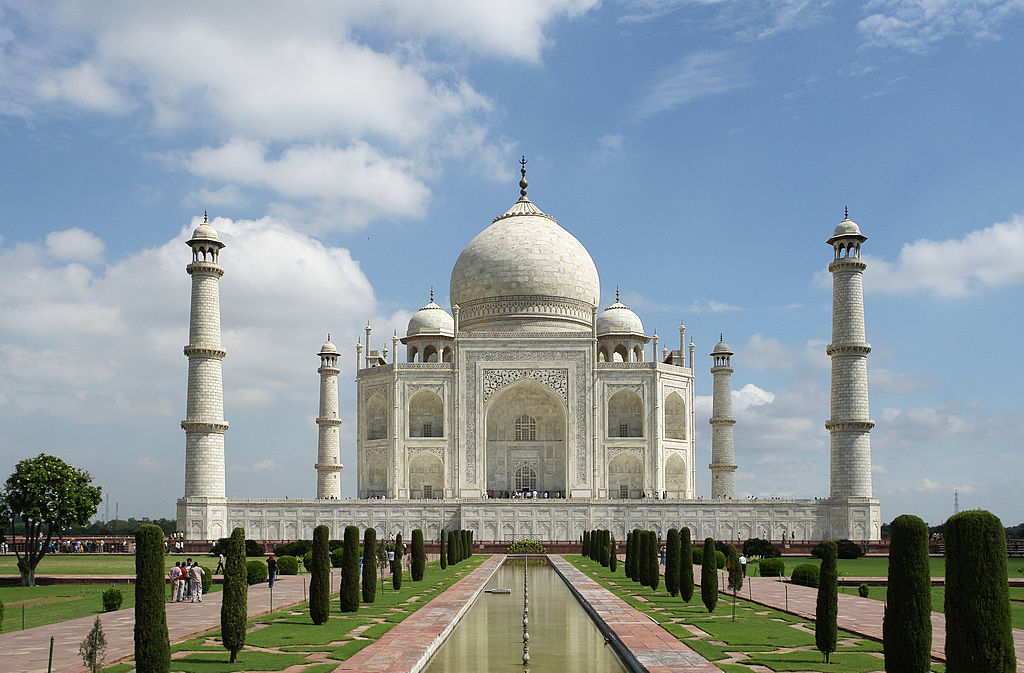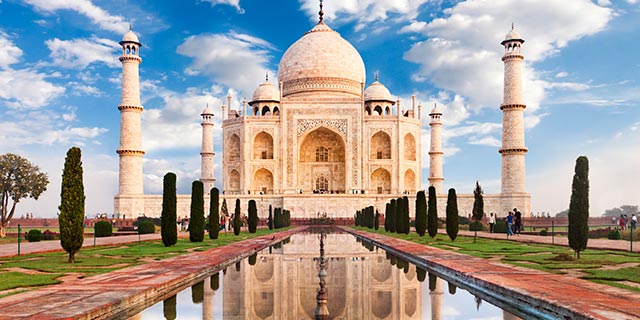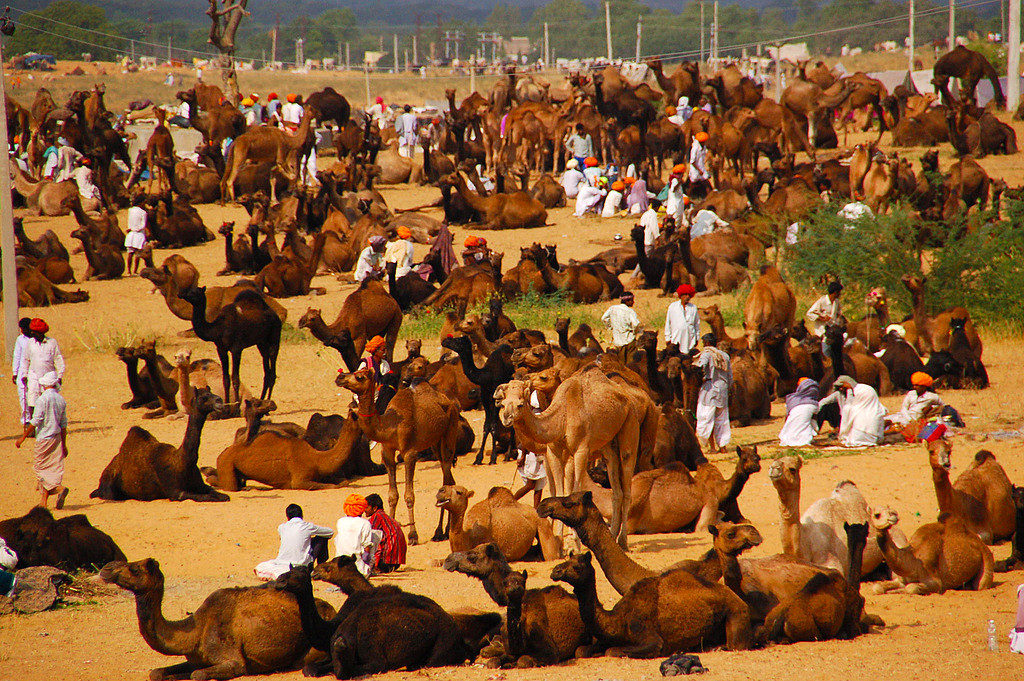
The Taj Mahal – The most beautiful wonder of the world
Important Information about the Taj Mahal
Year of Construction 1631
Completed In 1653
Time Taken 22 years
Built By Shah Jahan
Dedicated to Mumtaz Mahal, the wife of Shah Jahan
Location Agra, Uttar Pradesh (India)
Building Type Islamic tomb
Architecture Islamic
Cost of Construction 31 crore rupees
Number of workers 20,000
Highlights One of the Seven Wonders of the World
Timings 06:00 AM to 07:30 PM (Friday closed)
Fee RS. 970 (Foreigners)
- 20 (Indians, during daytime)
- 110 (Indians, during sunrise and sunset)

The Taj Mahal
Taj Mahal was the bejeweled Mughal Empire, ruled by such extraordinary men as Akbar, Jhangir and Shah Jahan. Shah Jahan(Emperor of the World) was one, who immortalized not only his beloved queen but himself and his whole dynasty, by building that eloquent mausoleum, the Taj Mahal.
It is said as Shah Jahan knelt by his beloved queen, she whispered to him to build her a monument that would perfectly symbolize the purity and beauty o their love. A short while later she died. And Shah Jahan, the great Emperor o the World, the grandest of the Mughals, broke down and wept inconsolably.
Described as the most extravagant monument ever built for love, this poignant Mughal mausoleum has become the de facto tourist emblem of India. Many have tried to sum up its beauty, but even the poets of the time were unable to do this magnificent building justice. The spectacular white marble mausoleum seems as immaculate today as when it was first constructed.
Taj Mahal – A flawless orient Pearl
Or over three centuries people have visited the mausoleum. Some rush in hordes through the gateway, down the garden, around the cenotaphs and back to the garden to picnic on its lawns. Some see it only through the eyes of the camera. But there are many who pause, overwhelmed, at the gateway. They send hours at the mausoleum, savoring its view, absorbing the view of the flawless orient Pearl as they often use in the name of Taj Mahal.
It’s a totally different experience, to absorb the strange silence, delighting in the landscape and the play of light on the marble. When they leave, they are haunted by the image of the Taj Mahal, and wonder, and wonder, if what they had just seen was a reality in stone and marble or a fleeting vision of pure beauty.
In 1783, the British Painters Hodges visited the TajMahal and did the first known painting of

this mausoleum. He found the gardens “tolerable repair” but the tomb itself, he says, “appears like a most perfect pearl on a azure ground. The effect is such, I confess, I never experienced from any work of art.”
Contemporary Taj Mahal
The Taj Mahal has inspired painters, writers, critics and poets: in more recent years it has been filmed, televised and profusely photographed. But nothing can equal the unforgettable experience of seeing such beauty and perfection for oneself.
A hundred years ago, Edward Lear expressed a similar thought somewhat different: “Henceforth”, he said, “let the inhabitants of the world be divided into two classes- them as has seen the Taj Mahal; and them as hasn’t.”
today, once again, the Taj Mahal is cherished and preserved, as indeed the Emperor of the World had meant it to be.








